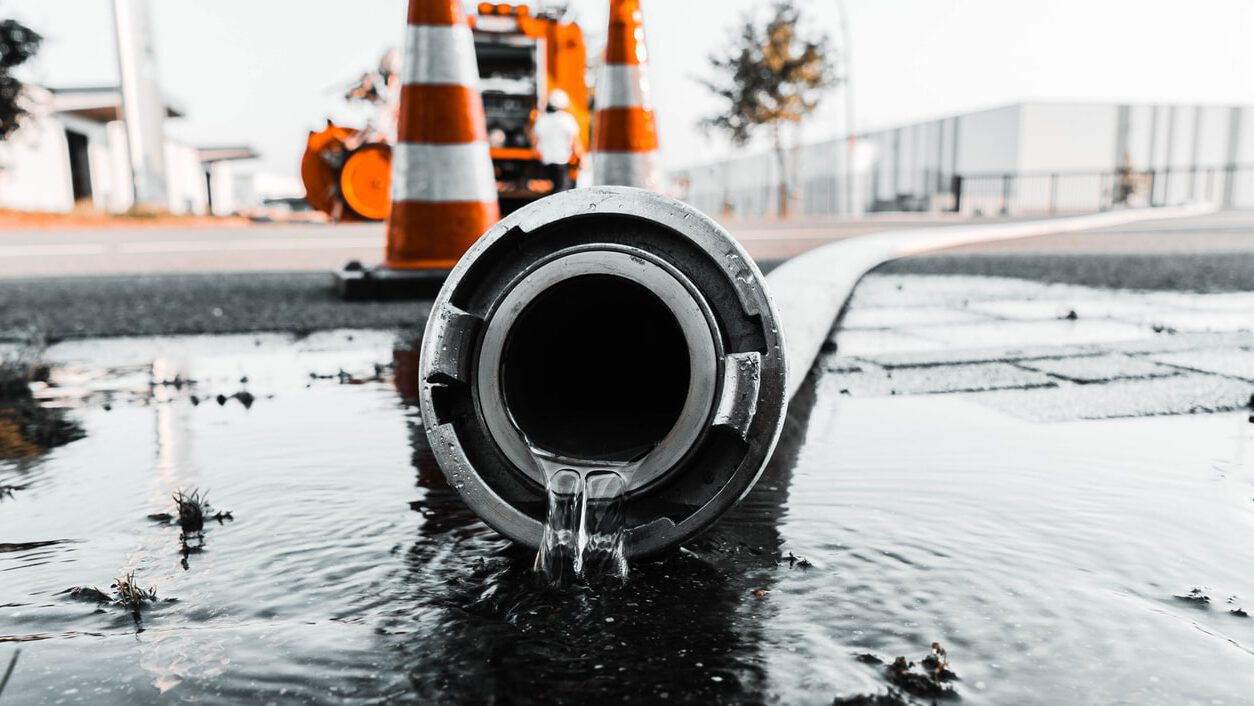Buildings like our homes should be dry to ensure comfortable living and avoid damages. During the construction process or caused by a leakage, walls, foundations or even insulating layer might get wet and require drying. The drying process can be made more efficient and reliable by remote monitoring using IoT technology. In this case several monitoring options are discussed.

The problem:
Once the drying system is set up, the process does not need a technician. The problem is that we never know how long it takes to complete. A technician has to check the progress on site every other day or so. If the technician checks before the object is dry it is lost time and money for sending him there and if it is done, we never know for how long. Maybe we could have use the same dryer for another site a few days ago.
The solution:
How about automatically monitoring the progress of the drying process? Here we have two key parameters which we could use. The electrical resistance of an object is higher when dry and therefore indicates the drying progress. The second parameter is the humidity in the environment air compared to the humidity of the air flow which reaches the dryer from the object. Is the difference sufficiently small, the drying process is completed or at least the dryer will not have further drying effect.
A local LoRaWAN network can be used to set up both sensors in different place of the site and submit the measurements to a gateway which communicates via cellular networks to an IoT platform. The platform can manage the machines, notify technicians allows a real time allocation of the resources technician and machinery.
LoRaWAN with a cellular gateway is most interesting here because one gateway can easily cover a building while the data usage and energy consumption of the sensors is very low and therefore does not require a lot of maintenance or ongoing costs.
Interested in learning more? Get in touch!